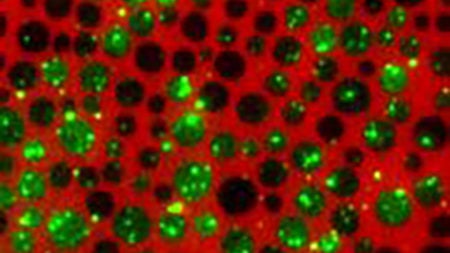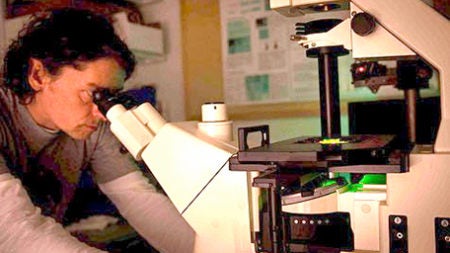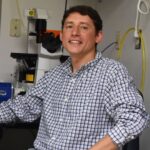The Center for Membrane and Cell Physiology is committed to fostering a diverse and inclusive environment where all individuals are treated with respect and dignity. We strive to create and maintain a diverse, inclusive and collaborative work environment where everyone feels safe, supported and valued, and where all voices are heard. We empower the members of our community to freely and openly share their different views, ideas, and experiences. We believe that diversity in backgrounds, experiences, and perspectives is crucial for driving innovation and excellence in our research. The Center welcomes people from all backgrounds regardless of race, color, religion, gender, gender identity or expression, sexual orientation, nationality, genetics, disability, age, or veteran status. We are dedicated to promoting equity and equality in our labs and in our field.















